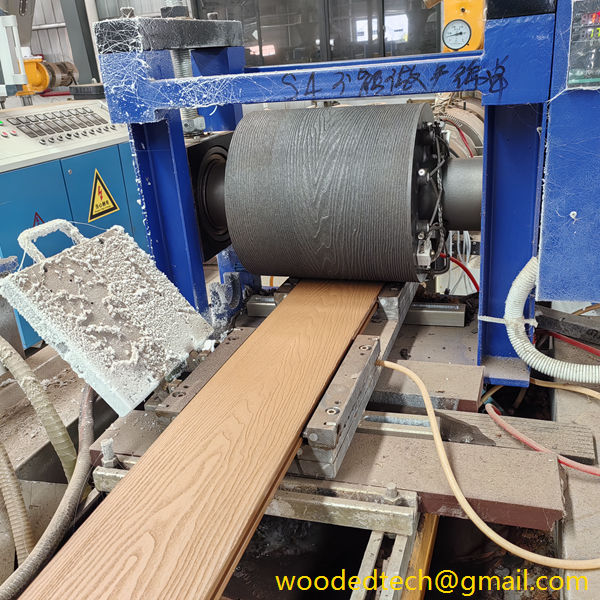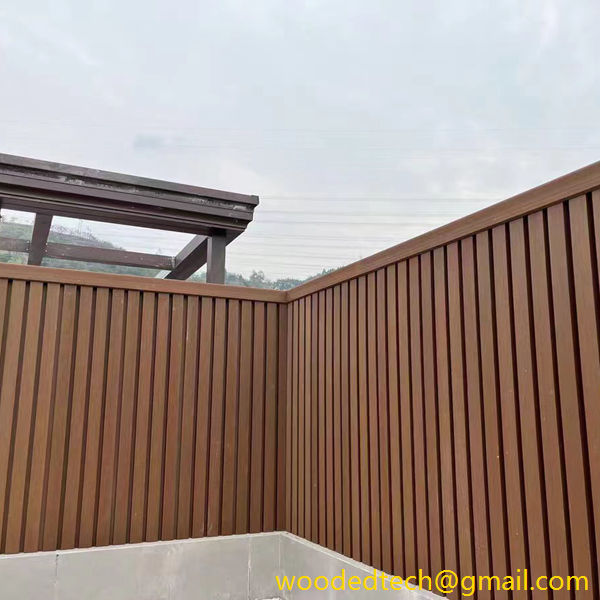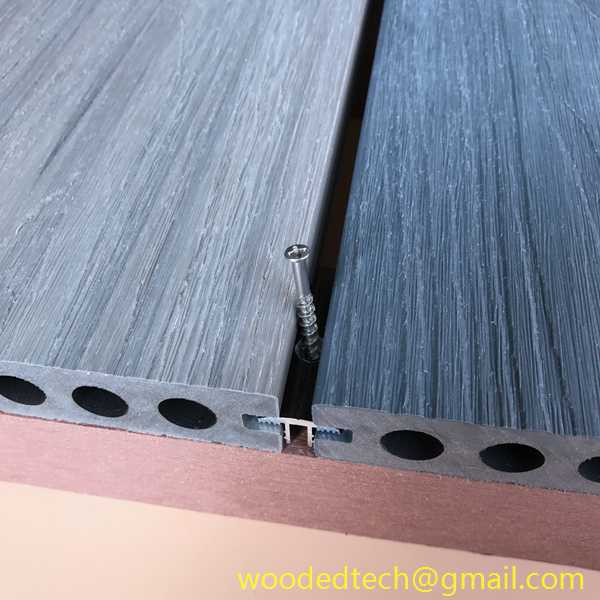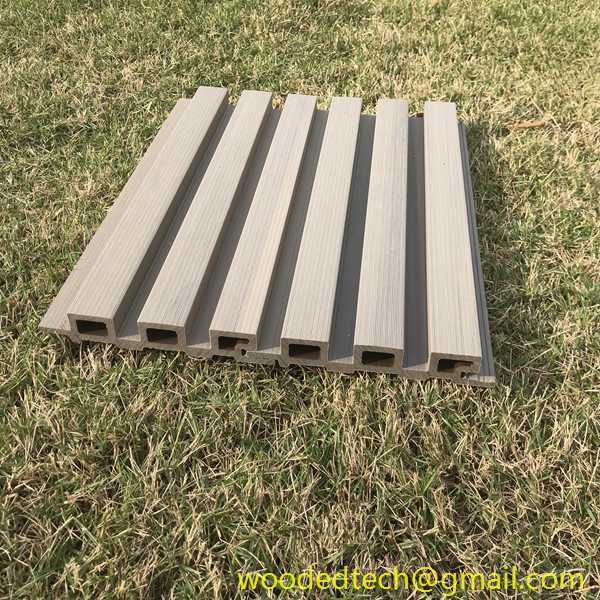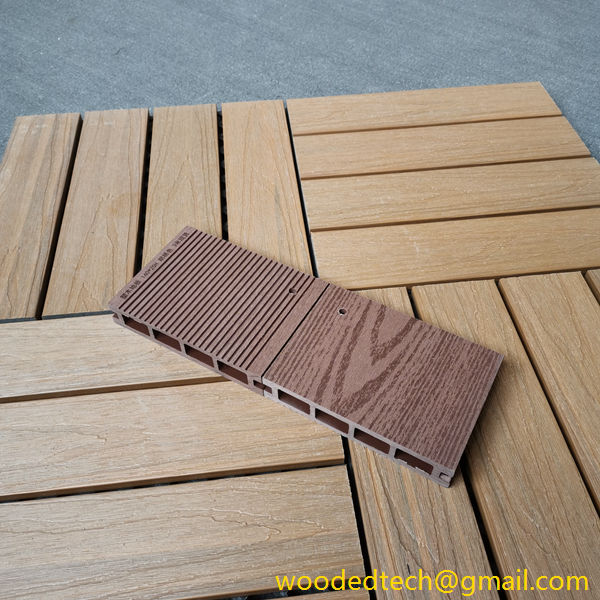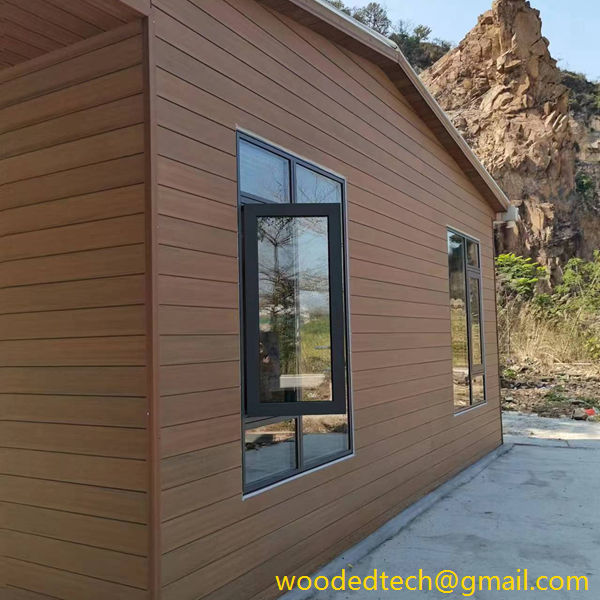Detailed explanation of the connection skills of composite decking special installation fasteners
With the development of science and technology and the improvement of people’s environmental awareness, composite decking has gradually become a new favorite in home decoration. Composite decking not only has the natural texture of wood, but also has the waterproof and anti-corrosion properties of plastic. When installing composite decking, special installation fasteners play a key role. This article will introduce in detail the skills of connecting composite decking with special installation fasteners to help everyone better understand and master this installation method.
2. Introduction to special installation fasteners for composite decking
1. The role of installation fasteners
The installation fastener is a special accessory for connecting composite decking. It can make the floor tightly spliced, improve the overall stability, and facilitate construction and maintenance.
2. Types of installation fasteners

The installation fasteners of composite decking are mainly the following:
(1) T-type fasteners: suitable for splicing the long side of composite decking.
(2) L-type fasteners: suitable for splicing the short side of composite decking.
(3) Corner fasteners: used for joining the corners of composite decking.
(4) Edge fasteners: used for edge finishing of composite decking.
III. Connection tips for special installation fasteners for composite decking
1. Ground treatment
Before installing composite decking, first ensure that the ground is flat, clean, and free of oil stains. If necessary, polish and clean it.
2. Laying composite decking

(1) According to the design requirements, lay the composite decking from one corner of the room.
(2) Insert the long side of the first piece of composite decking into the T-shaped fastener, and then press it hard to make it fit tightly.
(3) Insert the short side of the second piece of plastic wood into the L-shaped fastener, and press it hard to make it fit tightly.
(4) And so on, the composite decking of the entire room is laid.
3. Connecting fasteners
(1) When joining the long sides of composite decking, insert the T-shaped fastener into the gap between the floors and tap lightly with a hammer to make them fit tightly.
(2) When joining the short sides of composite decking, insert the L-shaped fastener into the gap between the floors and tap lightly with a hammer to make them fit tightly.
(3) When joining the corners of composite decking, insert the corner fastener into the gap between the floors and secure it with a screwdriver.
(4) At the edge of composite decking, use the edge fastener to trim the edges.

4. Inspection and maintenance
(1) During the installation process, regularly check whether the composite decking is tightly joined. If any problems are found, make adjustments in a timely manner.
(2) After installation, check whether the fasteners are secure. If they are loose, tighten the screws in a timely manner.
IV. Summary
Using special fasteners to connect composite decking not only improves installation efficiency, but also ensures the stability and aesthetics of the floor. Mastering the connection skills of fasteners is of great significance to improving the service life and overall effect of composite decking. I hope this article can provide useful reference and help for readers.


